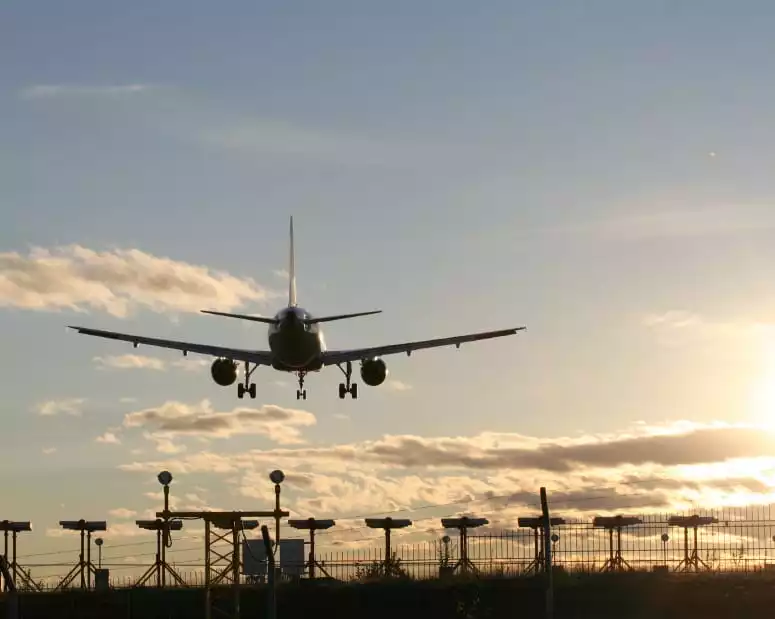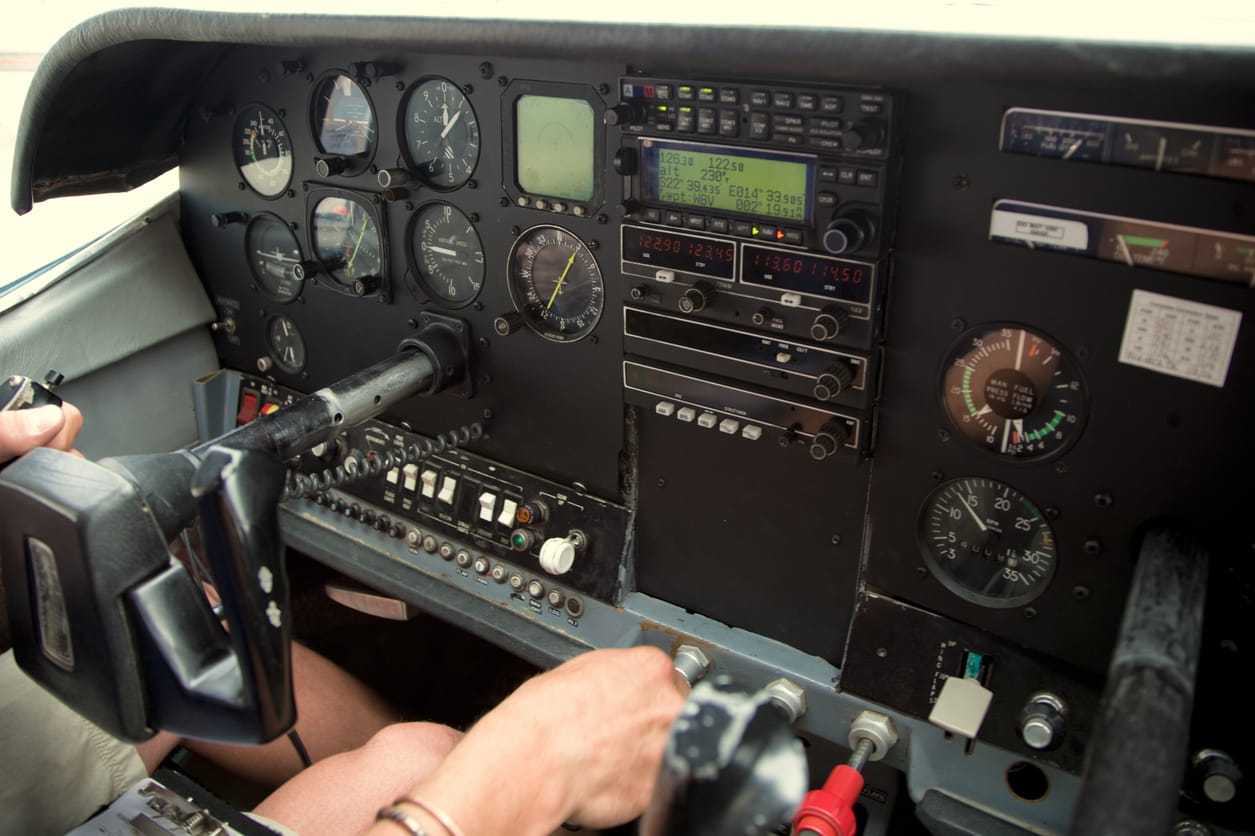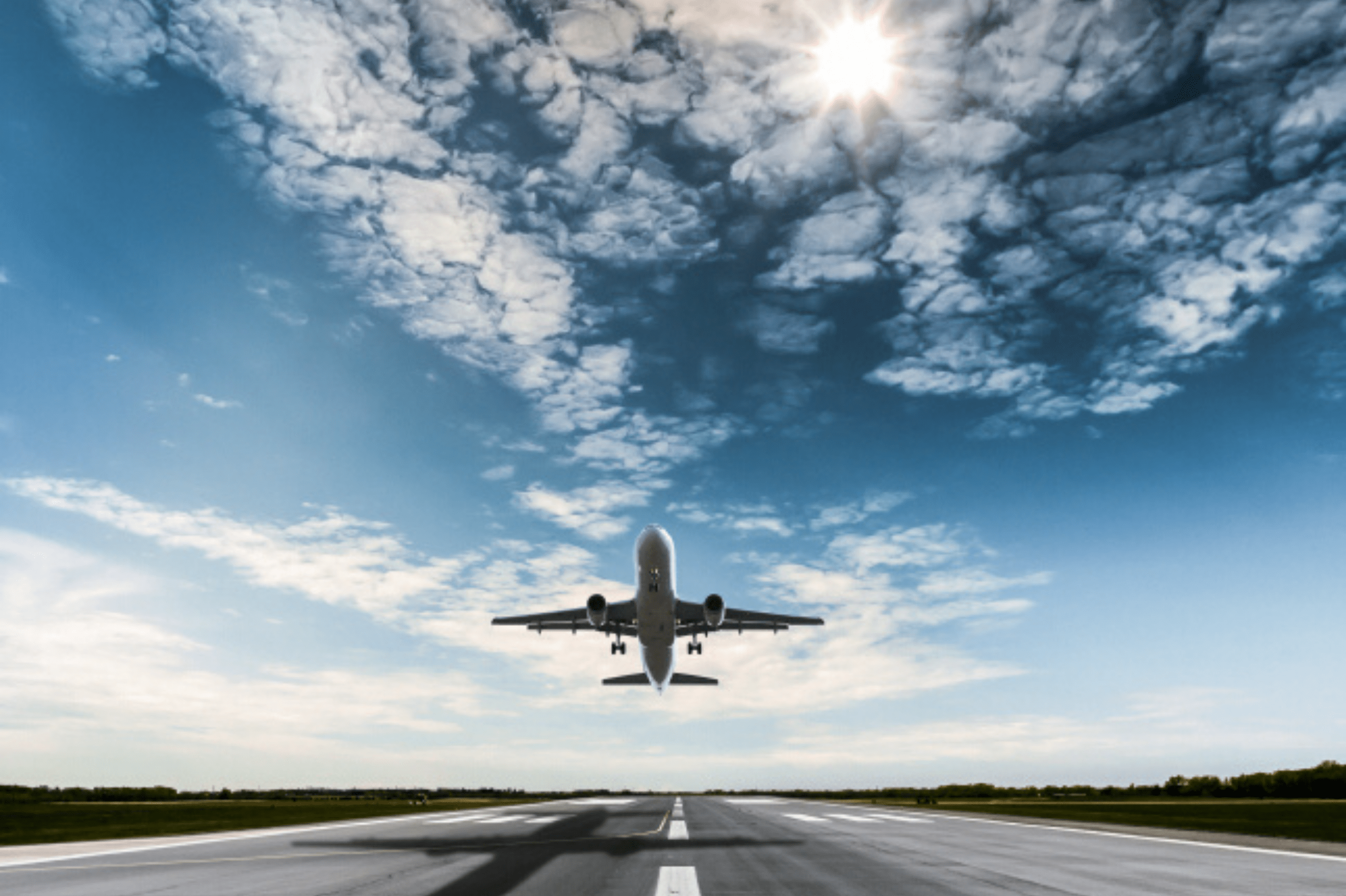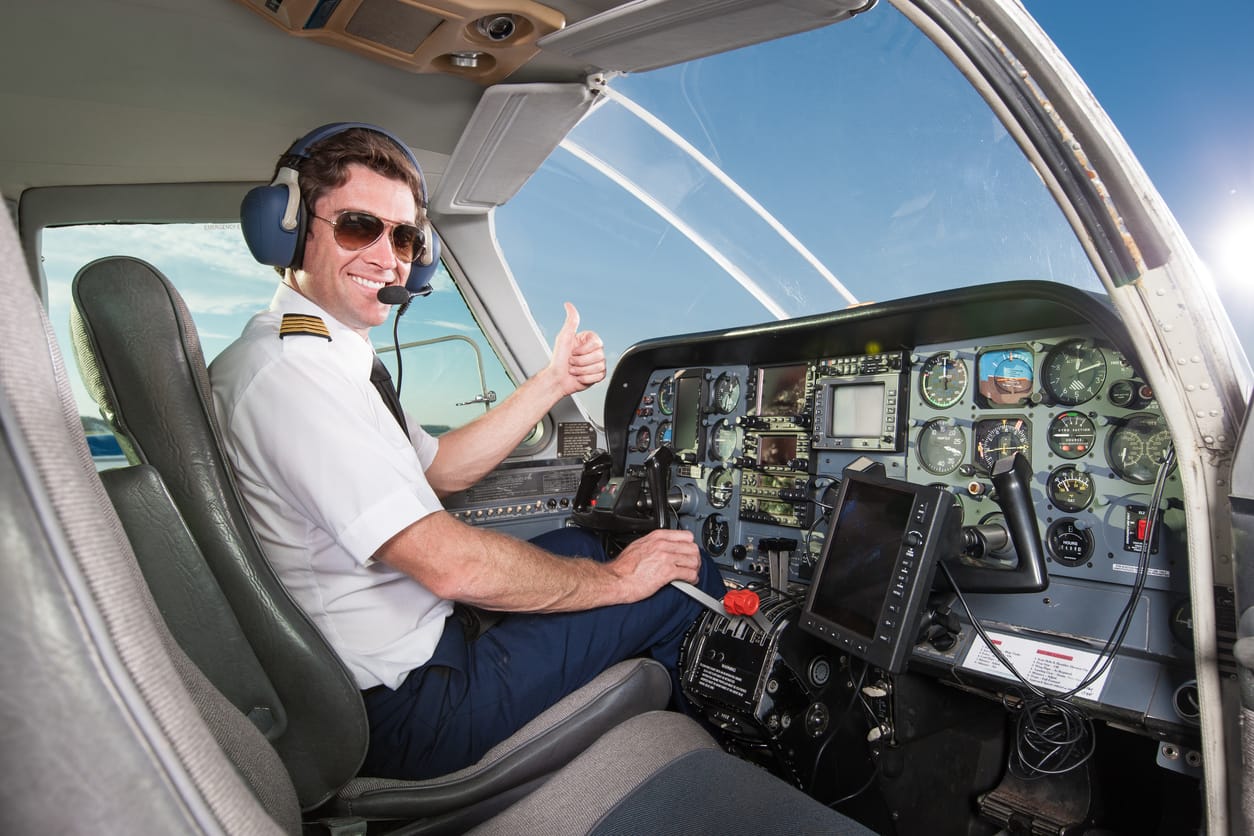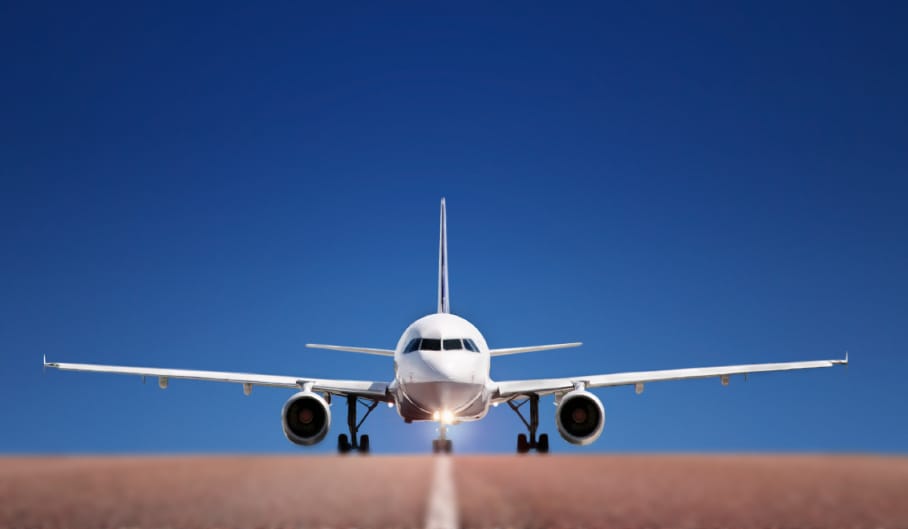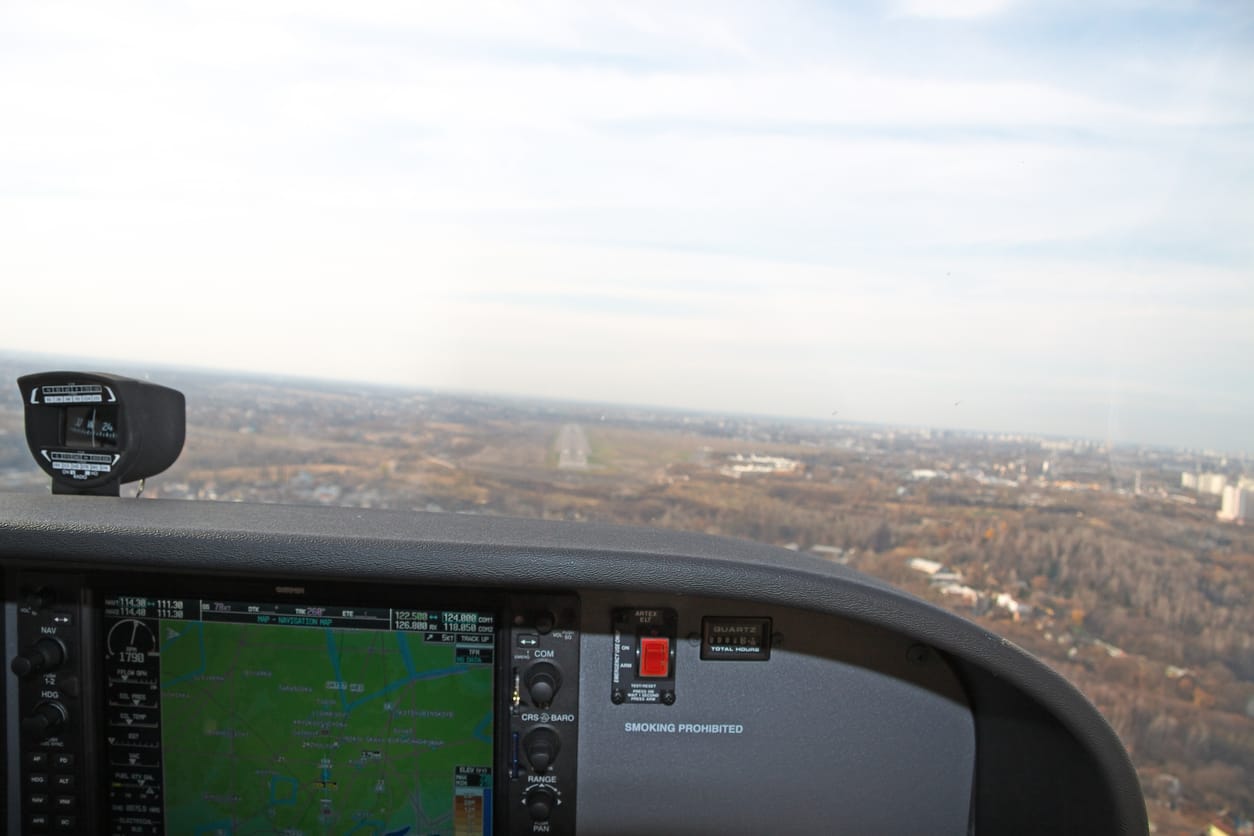A crosswind landing can be stressful and difficult, here are four considerations that every great pilot should know.
[lwptoc numerationSuffix=”dot” title=”CONTENTS” titleFontSize=”34px” itemsFontSize=”18px”]
Inexperienced pilots sometimes fly in dread of a crosswind landing. Sometimes experienced aviators prefer to avoid them. Such extreme conditions are usually rare, however, and safe pilots tend to avoid such landing situations to begin with. Professional pilots land in them all the time. In addition, it is important to remember that airplanes, especially commercial passenger ones, are designed to withstand the rigors of a crosswind landing.
A crosswind landing takes place when most of the wind is blowing at a right angle to the runway. This usually causes the airplane to drift “sideways,” which can make it difficult to control just when the pilot must guide it down to the runway. While autopilot and certain elements of aircraft and landing gear design can help pilots to land in crosswinds, these conditions can cause the airplane to tip and scrape one of its wings on the runway. Depending on the type of airplane and center of gravity, in some cases, if the landing gear has touched the runway and a sudden gust blows in, the airplane can flip over entirely. The Federal Aviation Administration (FAA) is a valuable source of information on safely landing in the presence of crosswinds.
Practice, calm, and situational awareness can help pilots to avoid becoming an accidental YouTube cautionary tale. Here are four considerations to keep in mind.
Familiarity With Aircraft Limitations
It is the responsibility of the pilot in command to know what the aircraft’s crosswinds limitations are. This information can be found in the pilot’s operating handbook, which, by FAA regulations, must be present on the aircraft during flight. This determination is developed while the airplane undergoes certification and is pushed to its limits by a test pilot. Although these numbers are not a hard limitation, they are also not arbitrary and pilots should regard them seriously.
Most pilots are familiar with apps which can calculate crosswinds. These can save time and increase accuracy. However, all pilots should be able to determine crosswinds on their own in case their electronic helper is not accessible. In addition to knowing the crosswind limitations of the airplane, then, a pilot should also keep a crosswind component chart in their flight bag to assist in calculating this by hand, or even in his or her head.
Practicing the ability to determine crosswinds on the ground and in a low stress situation is a good idea, especially for new pilots. The ability to make these determinations even without a smartphone can build confidence, keep mathematical abilities fresh, and better integrate the pilot with his or her surroundings. Deriving this information and understanding it within the context of weather conditions and the airplane’s limitations is a skill every pilot should build before soloing.
Don’t Be Afraid to Divert
Every pilot wants a story to tell. However, risking safety and the structural integrity of the aircraft is not the best way to gather one. When facing a dangerous level of crosswinds, pilots should not hesitate to divert to a nearby landing strip or airport if necessary. Sometimes this decision is made even during final approach.
At every moment of working with crosswinds, the pilots’ situational awareness must be fully engaged. Therefore, if a pilot notices during preflight planning that weather conditions at the intended landing site are threatening to meet or exceed the manufacturer’s suggested limits, the crew should study suitable alternatives.
Flight dispatchers and air traffic controllers can assist with diverting due to crosswinds, but it is the pilot in command’s responsibility to gather as much information as possible about an alternate landing site when heavy crosswinds are expected. Keeping in mind that not all airports are suitable for the aircraft—for example, its runways might be too short for the airplane to safely land—pilots should check the airport’s identifier, frequencies, and runway layout. Fuel and potentially closed runways should be taken into consideration when choosing potential divert locations.
Crosswind Landings As a Factor in Runway Excursions
Most pilots think about working with crosswind speeds and keeping the runway in sight during landing, but the danger isn’t over when the airplane touches down. Crosswinds are often major contributors to runway excursions.
Runway excursions are safety incidents in which the aircraft exits inappropriately from the runway. Sometimes gusts can take the pilot by surprise, or the momentary imbalance caused by part of the landing gear touching the runway can contribute. Since directional control is so vital during landing, it should be especially tended to during a crosswind landing. Even attempting the landing within an aircraft’s operational limits can end in a runway excursion if the pilot is not careful.
Potential Damage to Landing Gear and Tires
Not having good crosswind technique can have incremental consequences on the airplane’s landing gear and tires. Landing gear damage can make for a potentially dangerous situation on the runway, forcing a sudden stop or an enormous amount of scraping on the runway. Stress fractures sustained on the landing gear during a crosswind takeoff can contribute to complete landing gear failure during an attempt to land in the same crosswind. Loss of directional control is a major concern in these situations.
In addition, landing the aircraft while it is still experiencing sideways drift on a regular basis means the airplane’s tires can experience “side loading.” Side loading can result in sliding, fishtailing, or drifting on the runway. Tire marks on the runway are a telltale sign of side loading. Sometimes pilots react to side loading by overcorrecting, and control is lost as a result. Hard overcorrection and side loading increases wear on even the most robust aircraft tires. In extreme circumstances, the tires might become overstressed and fail.
Careful planning and respect for aircraft limitation, as well as current and accurate weather conditions, can help pilots to make a safe crosswind landing. Taking these factors into consideration will contribute confidence and good decision making in a crosswind landing.
Ready to soar in your aviation career?
Mr. Matthew A. Johnston has over 23 years of experience serving various roles in education and is currently serving as the President of California Aeronautical University. He maintains memberships and is a supporting participant with several aviation promoting and advocacy associations including University Aviation Association (UAA), Regional Airline Association (RAA), AOPA, NBAA, and EAA with the Young Eagles program. He is proud of his collaboration with airlines, aviation businesses and individual aviation professionals who are working with him to develop California Aeronautical University as a leader in educating aviation professionals.
